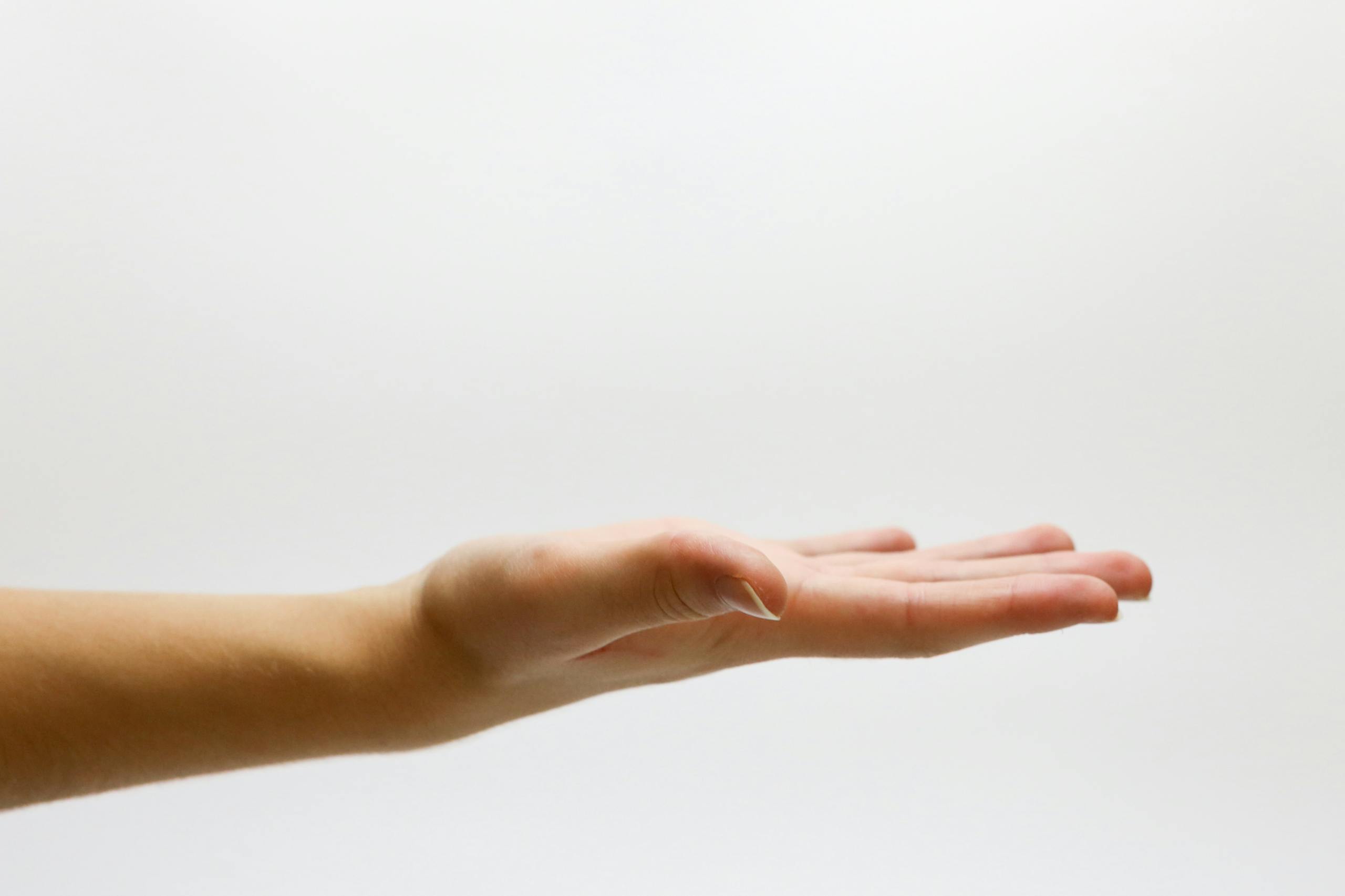How Cultural Identity Shapes the Way We Use Our Hands While Talking

New research from Duke University takes a clear, detailed look at something we all do but rarely think about—how we gesture with our hands when we speak. The study shows that the amount and style of gesturing many people consider “natural” is actually tied very closely to cultural identity, particularly racial identity within the United States. And when people with different expectations interact, these unspoken communication differences can subtly influence how they perceive each other.
This article breaks down every key detail from the new findings and adds more background about gesture science to help readers fully understand the topic.
What the New Study Found
A research team from Duke University’s Department of Psychology & Neuroscience conducted four separate studies to explore how Black and White Americans use gestures while speaking and how those gestures are interpreted.
Across all four studies, the results pointed to a consistent pattern: Black speakers tend to gesture more frequently and with larger movements, while White speakers tend to gesture less and more subtly. These differences aren’t about personality or individual habit—they reflect broader cultural norms around communication.
The researchers also found that people from each group have different expectations for what “typical” gesture behavior looks like. When someone’s gesture level matches those expectations, they are generally rated as more positive, competent, and more “natural” to listen to.
Study 1: How Viewers Perceive Speakers’ Gestures
The first experiment focused on gesture perception. Participants—both Black and White—watched video clips of Black and White actors who were recorded speaking with either high levels of gesturing or low levels.
The findings were clear:
- Black viewers tended to see frequent gesturing as more natural, especially when the speaker was Black.
- White viewers felt that low-gesture speaking seemed more typical for White speakers.
- When speakers aligned with these cultural expectations, viewers rated them as more competent and more positive overall.
This shows how our sense of what “normal communication” looks like is shaped by our cultural context, even when we don’t realize it.
Study 2: Gesture Patterns in Real Conversations
To move beyond controlled experiments, the team analyzed footage from the Tavis Smiley Show, a well-known talk show that features long-form interviews. The host is Black, and the guests vary in race.
The researchers found that:
- The Black host used more hand gestures when speaking with Black guests.
- He used fewer gestures with White guests.
This suggests that people naturally adjust their nonverbal style to match the cultural background of the person they’re talking to—something known as cultural synchrony.
Study 3: Comparing Gesture Frequency and Size in a Lab Setting
The third part of the research brought monoracial Black and White participants into a controlled laboratory environment.
Here, the researchers measured two things:
- Gesture frequency (how often participants moved their hands while speaking)
- Gesture size (how big their movements were)
The results showed:
- Black speakers gestured more often
- Black speakers used larger, broader gestures
- White speakers gestured less frequently and with smaller movements
Again, this reinforces that these patterns are culturally grounded, not simply individual habits.
Study 4: What Happens When Biracial Identity Is Made Salient
One of the most interesting parts of the research involved biracial Black/White participants. The team experimentally emphasized either the participants’ Black identity or their White identity through subtle priming tasks.
The results were striking:
- When the Black identity was made more salient, participants gestured more frequently and with larger arm movements.
- When the White identity was made salient, participants gestured less and with smaller, more controlled movements.
This shows that gesture style can shift within the same individual depending on which part of their cultural identity is activated. Gesture behavior is flexible, and it reflects how people navigate multiple cultural contexts.
What These Findings Mean for Interracial Communication
One of the biggest takeaways from the study is that mismatched expectations about gesture can affect how people perceive one another across racial groups.
Someone who expects low gesturing might wrongly view a high-gesture speaker as overly emotional or unprofessional. Likewise, someone who expects high gesturing might see a low-gesture speaker as cold or disengaged.
It’s not that anyone is communicating incorrectly—it’s that different cultural norms lead to different expectations. The researchers suggest that being aware of these differences can make conversations across group lines smoother and more understanding.
Gesture as a Cultural Expression
These findings highlight something that communication researchers have long known: gesture is deeply tied to culture.
Some cultures around the world use extremely expressive hand movements (for example, in parts of the Mediterranean, the Middle East, and the Caribbean), while others rely more on subtle expressions.
This new study shows that within a single country—here, the United States—racial and cultural identities also shape gesture norms in meaningful ways.
Why Gesture Matters More Than We Realize
Gesture isn’t just decoration added to speech. It plays several important roles:
Helps clarify meaning
Gestures can help listeners decode complex ideas, especially when describing actions, shapes, or spatial relationships.
Reflects emotional tone
Big, broad gestures often express enthusiasm or strong feeling. Small, restrained gestures can indicate careful thought or seriousness.
Signals engagement
Listeners often perceive active gesturing as a sign of interest, excitement, or involvement.
Supports memory
Surprisingly, gesturing helps speakers remember what they want to say. Some research shows people recall information better when they use their hands.
Influences perception
As the Duke study shows, gesture affects how people judge a speaker’s competence, warmth, or confidence—sometimes without even noticing.
A Broader Look at Gesture Research
To expand on the topic for readers who want more context, here’s a brief overview of what science knows about gesture more generally.
Gesture Types
Researchers often divide gestures into categories such as:
- Iconic gestures (showing shapes or movements)
- Deictic gestures (pointing)
- Beat gestures (small rhythmic movements tied to speech)
- Emblematic gestures (culturally specific signs like a thumbs-up)
Gesture Across Cultures
There are major global differences in how much people gesture:
- Southern Europeans gesture more, on average, than Northern Europeans.
- Many Caribbean and African cultures use high-gesture communication as a natural part of conversation.
- Some East Asian cultures emphasize subtle, low-gesture speech as a sign of respect.
Why Cultural Patterns Develop
There is no single answer, but theories include:
- Communication style traditions passed down through generations
- Environmental factors, such as crowded spaces encouraging smaller movements
- Shared emotional expression norms
- Historical storytelling practices, which influence body language
The new Duke study helps add another layer: the role of racialized cultural history within the United States, particularly for Black and White communities.
Final Thoughts
What this research really highlights is the importance of being open to different communication styles. When someone uses more or fewer gestures than we expect, the key is not to jump to judgments. Instead, recognizing the cultural roots of these differences can help build better understanding in everyday conversations.
Nonverbal communication is powerful, and studies like this remind us that identity, culture, and expression are deeply connected—even in the movement of our hands.
Research Paper:
Talk to the hand: Black and White cultural differences in gesture use
https://doi.org/10.1037/xge0001862





